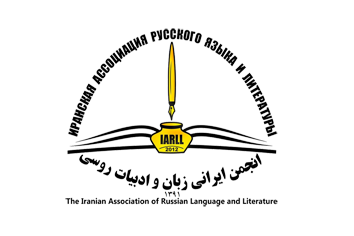THE INTERCULTURAL CORRESPONDENCES OF ZOOMORPHISMS IN PERSIAN AND RUSSIAN FAIRY TALES
Keywords:
Fairy Tale, Zoomorphism, Metaphor, Comparison, Equivalent, AnalogueAbstract
A comparative analysis of zoomorphic metaphors in Persian and Russian fairy tales is carried out. The relevance of this study is determined by the importance of studying fairy tales for their preservation as a national, folk cultural and linguistic heritage. The novelty of the work lies in the comparative analysis of the texts of fairy tales belonging to the Persian and Russian language continuums, different traditions of their cultural origin. The material for the study was Persian, Russian folk and original fairy tales, based on the zoomorphic representation of fairy tale characters. Persian fairy tales are studied with the help of translations into Russian, published in the famous collection of Persian fairy tales, published in Moscow by the Eastern Literature publishing house in 1958. The source for the translations were Persian fairy tales from newspapers, magazines, and collections published in Iran. Despite the cultural originality of Persian and Russian fairy tales, the commonality of their division into every day, fairy tales and fairy tales about animals is noted. The structural similarity of Persian and Russian fairy tales is based on the presence of a beginning, plot development, and a denouement that does not have an unambiguous interpretation and encourages the reader to further think. The plot similarity is manifested in the names of the zoomorphic characters themselves, their possession of positive and negative qualities, and their ability to transform into human images. The fairytale-allegorical form of the narrative, based on images of animals, allows us to focus the reader’s attention on such vices as greed, stupidity, envy, talkativeness, which enhances the educational potential of the fairy tale. Despite the similarity of some plot lines and characteristics, the originality of Russian and Persian fairy tales is manifested in a special national flavor, in endowing animal images with different cultural meanings, characters, actions, and attitudes towards each other. The research material gives a clear idea of the division of zoomorphic images presented in the texts of Persian and Russian fairy tales into three groups: completely equivalent, partially equivalent, original. In this regard, the work analyzes the similarities and differences of zoomorphism’s using examples from text sources.
Published
How to Cite
Issue
Section
License
Copyright (c) 2025 Issledovatel'skiy Zhurnal Russkogo Yazyka I Literatury

This work is licensed under a Creative Commons Attribution 4.0 International License.
![]()
"Creative Commons Attribution 4.0 International (CC-BY 4.0)"

